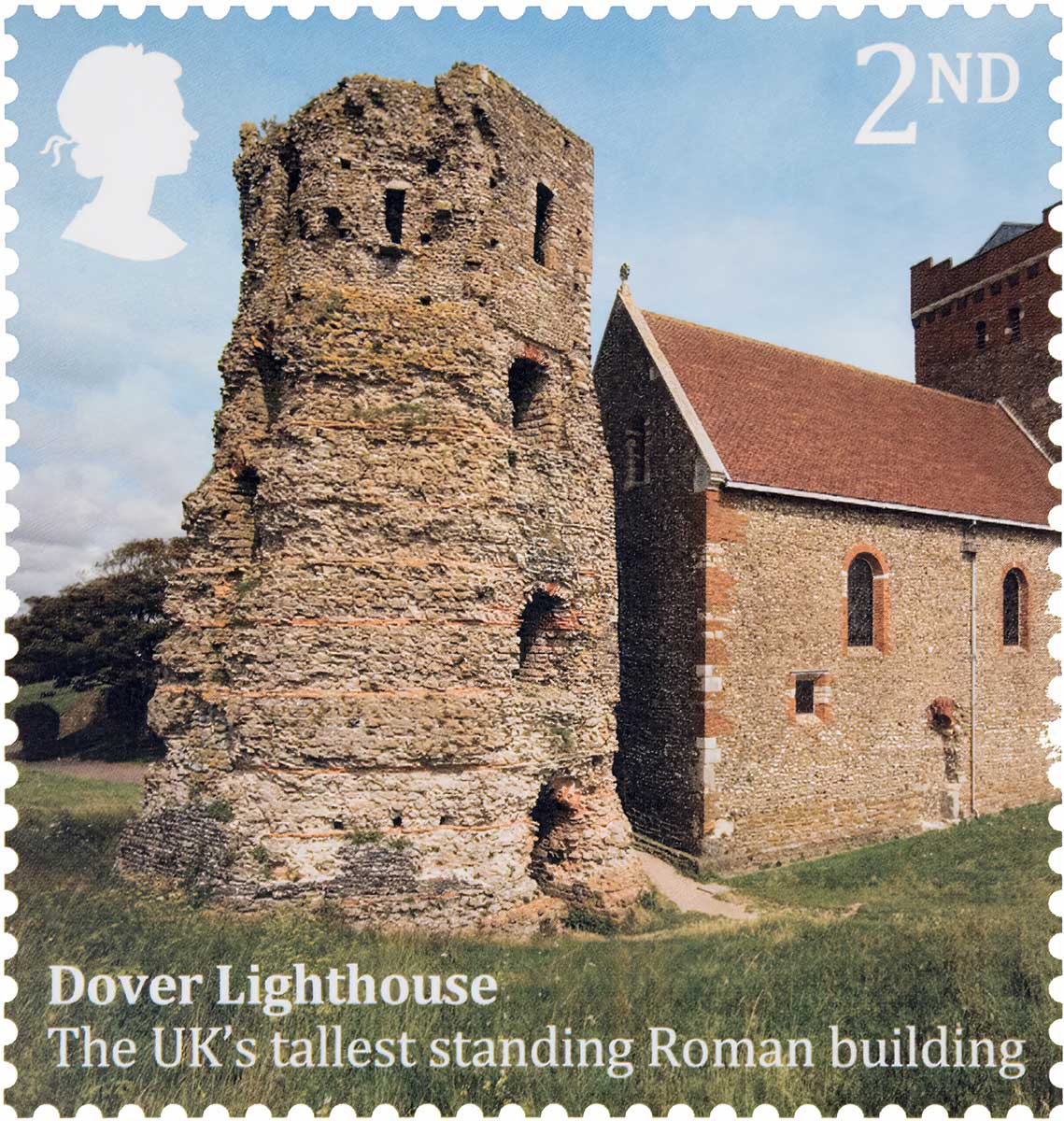and other stories …
With most of the images being licenced by a photo library, which does not provide specific details of sales, it is sometimes a surprise what pops up as an unexpected use (many of the covers that are known and assembled here come from stumbling across them and far more must be out there). Here are some of the quirky uses and stories that have arisen over the years.
For example, driving home in Cardiff one day and spotting a billboard sporting a much-mutilated copy of a bullfrog I took in Acadia National Park in the USA. It advertised a newly released film in 1999, This Year’s Love, on to be used on posters and DVDs in multiple languages. And no, this wasn’t a money earner: payment was a pittance.

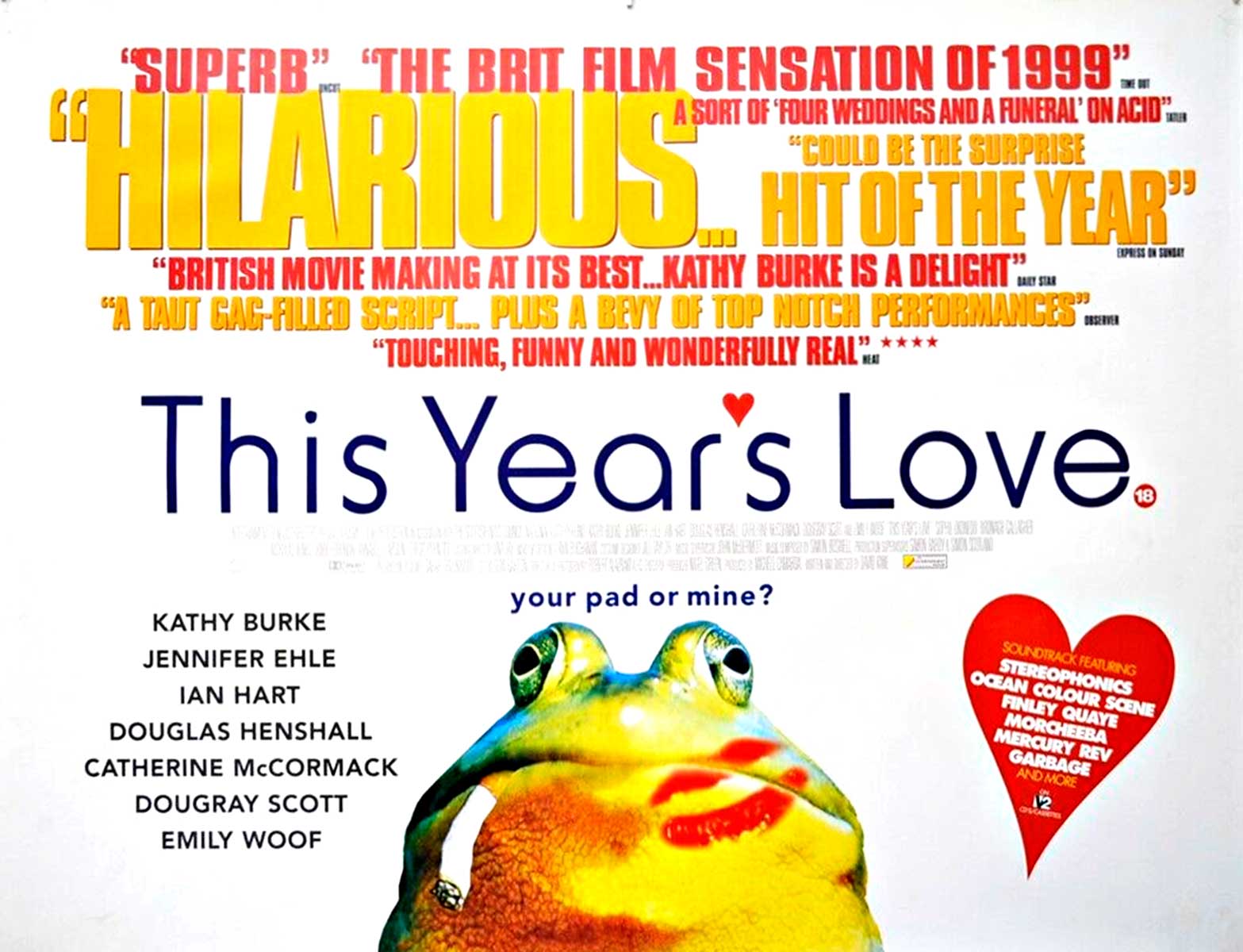

Even more of a pittance was forthcoming (not) for the use of the same photo on the cover of The Blue Day Book in 2000, which went on to be reprinted multiple times. Initially limited to three countries and publishers (UK, Australia and the USA, it rapidly expanded (at one time proclaiming 1 million in print, then 3 million and 5 million and more). That’s great for the publishers, but not so great for the photographer when the agent never reported the licence so no payment at all was made. The use was spotted by a friend in the USA, who congratulated me on the publication … which was altogether news to me.
It took over two years spent tracking down publishers and fighting the (very powerful) agent which used high-level lawyers and weekly, high-pressure phone calls for a while, to come to an agreement for the use of my image and receive a fee, and that not particularly great considering the use (and no, I am no longer represented by that library). These covers are only three (in English, German and Spanish) of many, many more that can be found online. That’s not just a popular book, it’s a popular frog!


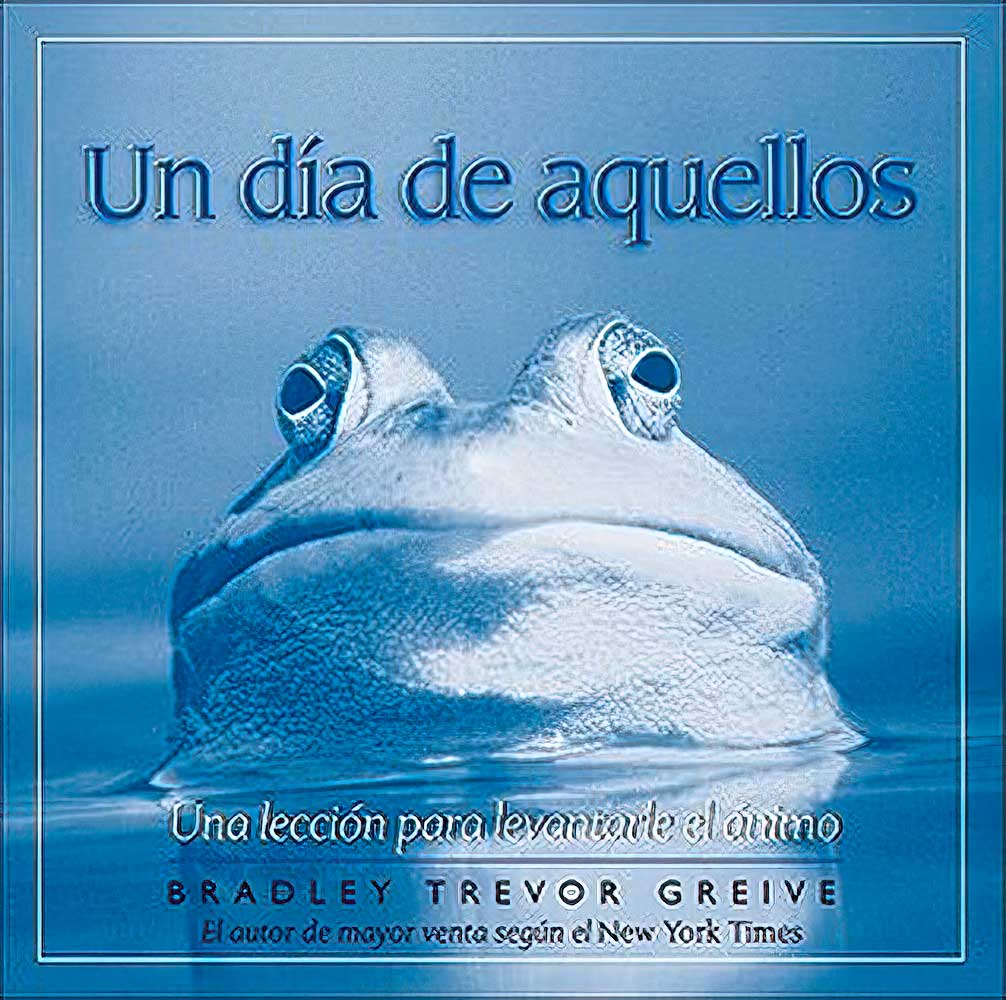
Oh, and there was a journal as well as a special tenth anniversary edition proclaiming that by 2010 it had sold over 10 million copies (no, never got paid for that, either).

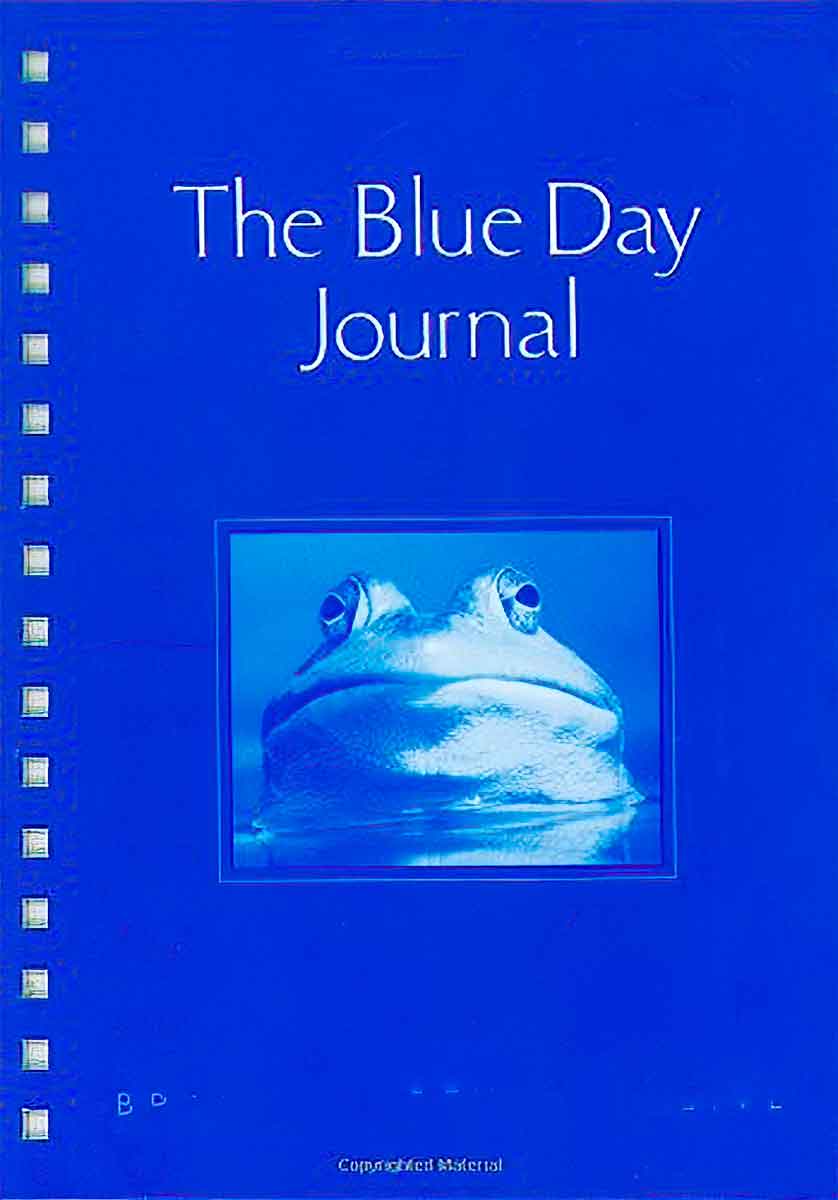
Here’s the original Rana catesbeiana …

Then there’s the book contract for Caving in the Radical Sports series, intended for aspiring youngsters. The proposal (essentially, a contents list and a brief description for each section) was written quickly within a few hours and submitted and equally quickly accepted. A separate contract covered use of the photos. The manuscript was commented on by readers in the US as well as the UK, and text adjusted to US spelling for that market, while some images were shot especially to support the text. In particular, that related to the equipment pages, which displayed basic kit and advanced/SRT kit … but had to show children in the photos.
The problem was shooting during the lockdown period of foot-and-mouth disease in the UK, when access to the countryside was curtailed, so the photos were taken using two ‘borrowed’ children of different ages on the pavement outside the Caving Supplies shop in Buxton. To aid the resulting need for a cutout, large bedsheets were spread over the pavement and shop window, forcing pedestrians to walk into the street, and on the project went. Caving was released in hardback and softback, as well as a library binding in the US.
There’s a twist to the story. Another friend, Rhian, had drawn a ‘sample survey’ for that section and during a Google search someone had come across her name in a book in Swedish. That was in the Swedish edition in what was translated as the Tuffa Sporter series: Grottkrypning. If you compare the two book covers one difference is immediately evident: the author’s name has been removed. Indeed, it was eradicated from the title page as well: this was an authorless book. No wonder the publication was unknown to me, as the publisher had never made that information available. It was a clear breach of contract; I followed up and asked for payment for use of the photographs outside their licenced use but, instead, the publisher chose to pulp the entire print run. If you have a copy of Grottkrypning, it is scarce indeed.
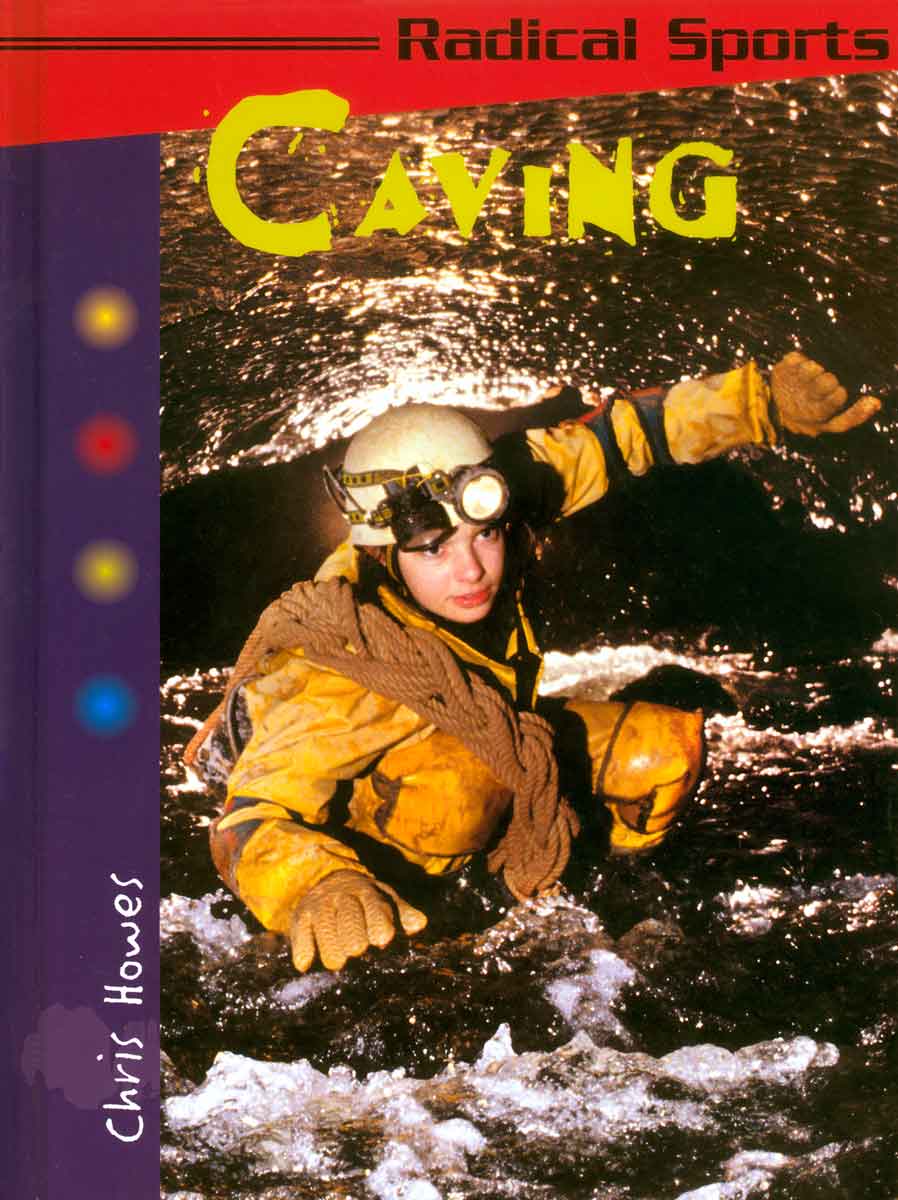

More fun is learning that an image of the archaeological ruins at Great Zimbabwe was used as the basis for a $100 banknote in Zimbabwe.

Here’s the original:
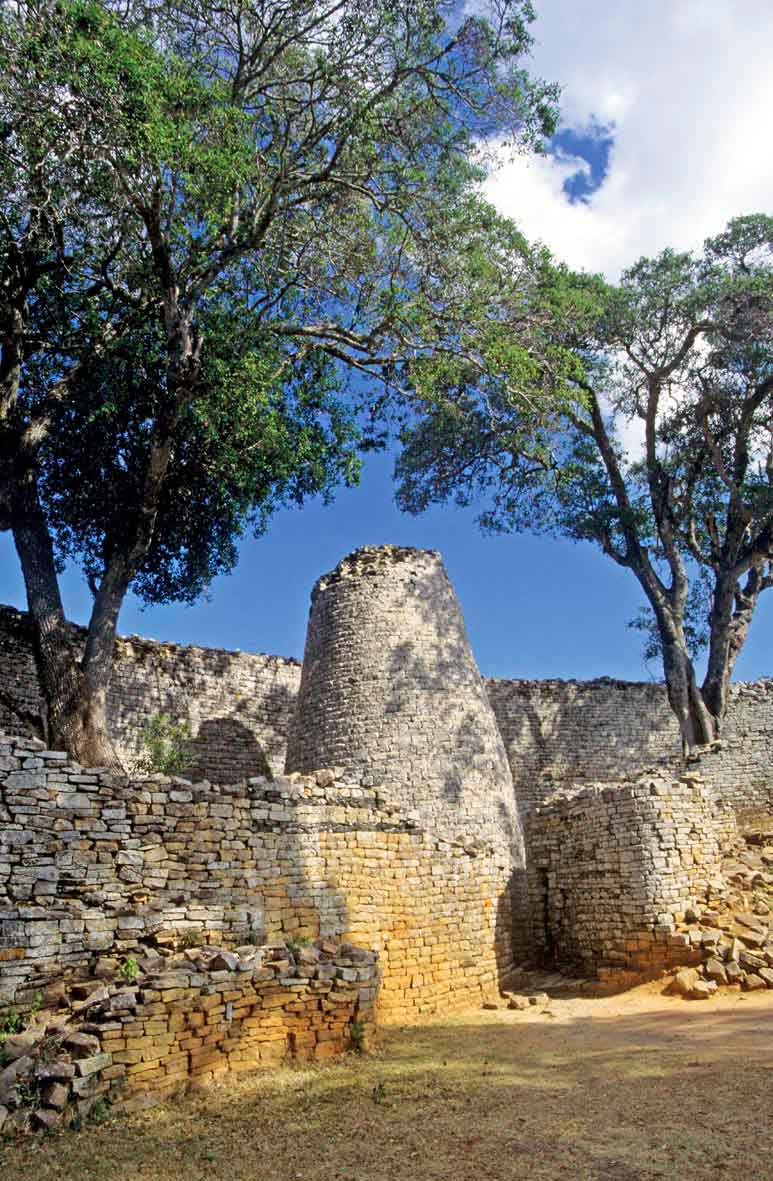
And it was nice to discover that both Canada and the UK have used photos on their postage stamps, one to commemorate Canadian First World War fighting on Vimy Ridge in France on the centenary in 2017, the other the 2nd class stamp featuring Roman Britain in 2020. For a change the latter even credited Chris Howes and Wild Places Photography in the accompanying material for presentation packs.

